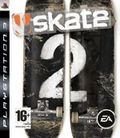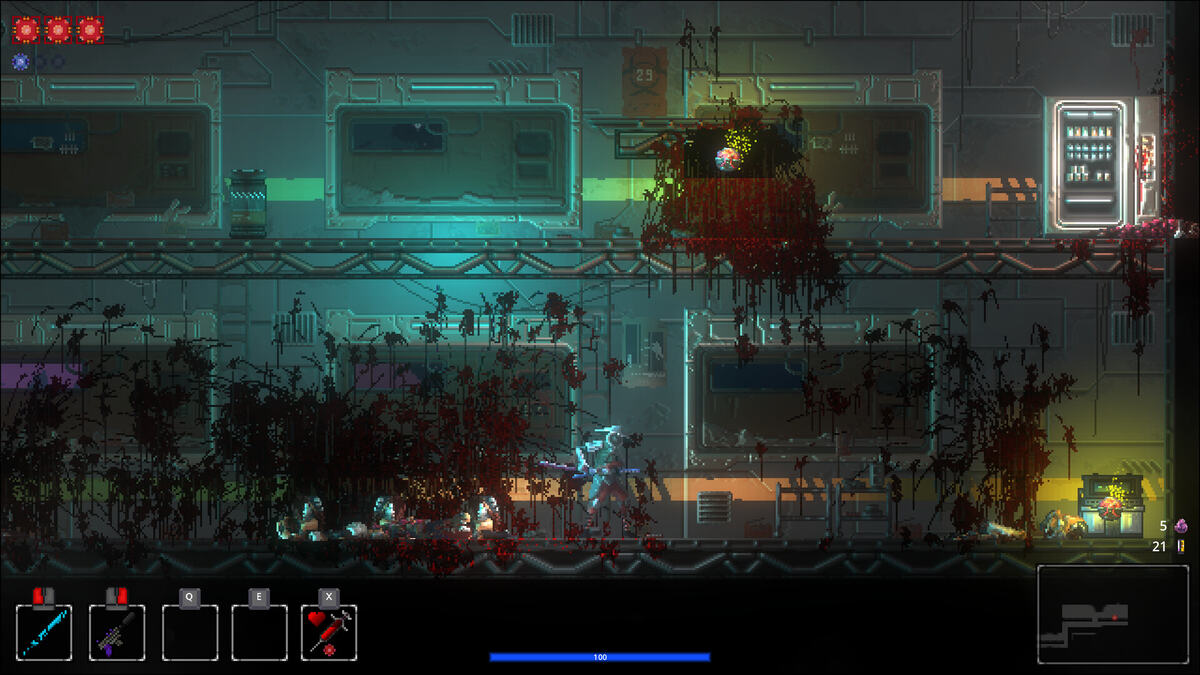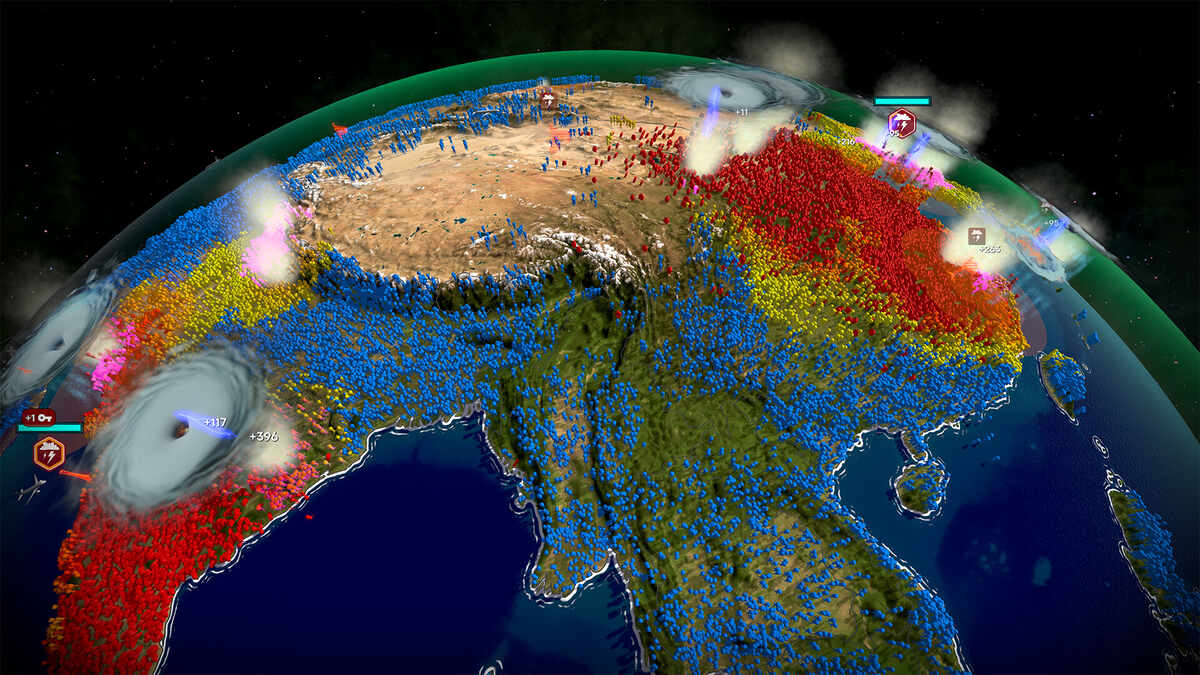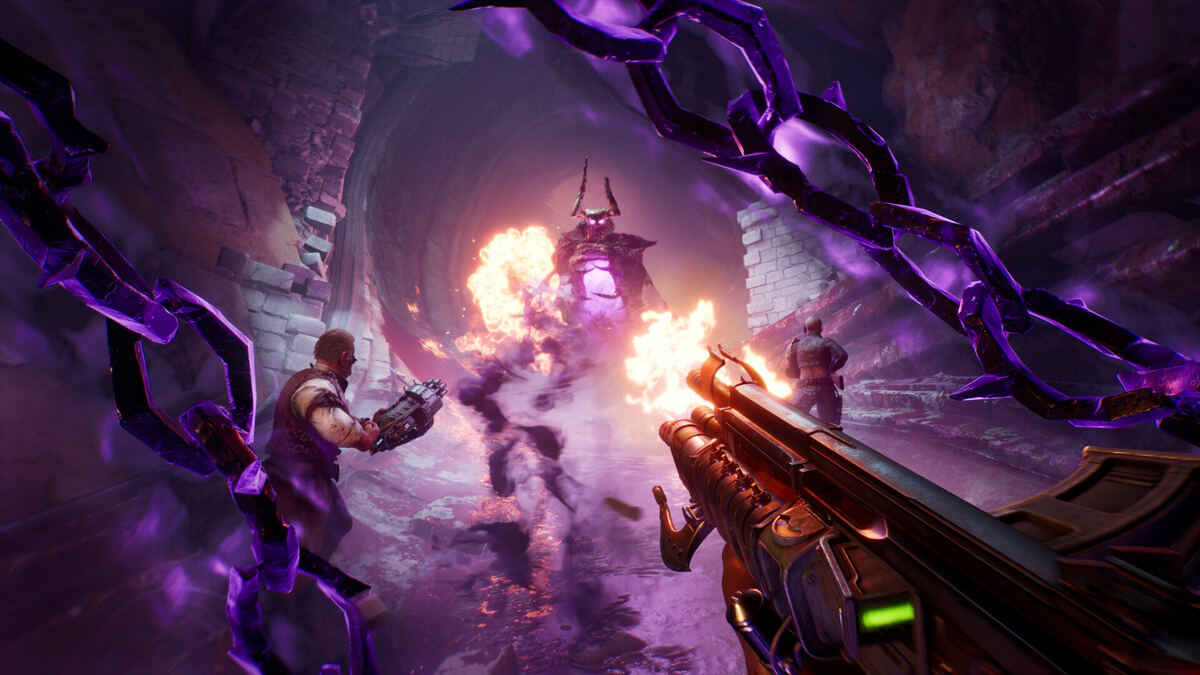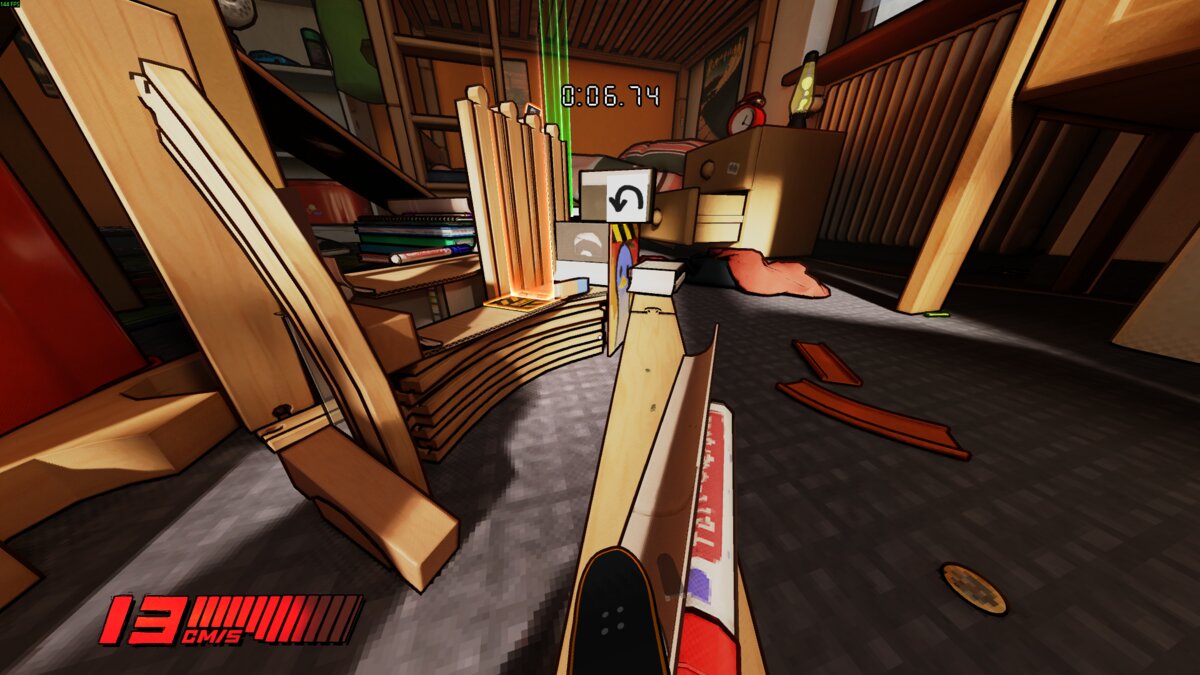You can trust VideoGamer. Our team of gaming experts spend hours testing and reviewing the latest games, to ensure you're reading the most comprehensive guide possible. Rest assured, all imagery and advice is unique and original. Check out how we test and review games here
Revolutions are rarely quiet affairs, but when the original Skate tore up the skater-game rulebook towards the end of last year, it did so in a remarkably laid back way. It wasn’t hype or bombastic marketing that won the game its adoring fanbase – it was the airtight control system and demanding-yet-rewarding gameplay, a combination which made for a realistic and highly satisfying simulation. The Tony Hawk series suddenly seemed a bit lightweight by comparison, and the masses hailed a new King of the Genre.
The problem now faced by EA Black Box is that they’ve got to follow their own success. Rather than making any massive changes, it seems that the developer has instead taken the sensible route of subtle refinement. It’s not quite a case of if-it-ain’t-broke-don’t-fix-it, but the differences that we’ll see in the final game are intended to build upon what came before, rather than starting something anew.
Here’s a memory-jogger for those of you who never played the first game: The most important ingredient in Skate’s finger-lickin’ recipe was a heavy reliance on dual thumb stick control. The right stick governed the movement of your feet, while the left oversaw steering and larger body movements. Two face buttons, either square and X (PS3) or X and A (360), were used to push off the board with your right or left foot; you could also grab your board with your left or right hand, using R2 and L2 or the triggers. Combining these movements allowed you to build up some speed, steer yourself towards some suitable obstacles and then pull off some tricks by flicking the analogue levers. It was all a bit confusing at first, but once mastered the set-up proved to be extremely intuitive.
Skate 2 retains this layout, but adds a further level of detail with the inclusion of a “grab-the-world” button, mapped to R1 (PS3) or RB (360). Hitting this while moving up a ramp will allow you to pull off a rather cool handplant, which can then be tweaked using one of your grab triggers. Indeed, combining hand and foot movements has now become the staple process of building tricks. Grabbing your board and flicking the right stick will now result in a finger flip, while hitting one of your push-off buttons in the middle of a trick will cause you to kick the corresponding foot out. Best of all, you can now pull off hippie jumps. Back To The Future fans will remember Marty McFly pulling off this one – you essentially send your board under an obstacle, jump over the top and land back on your deck. Launching yourself into the air is simply a case of hitting both your push buttons; landing requires co-ordination and, in the beginning at least, a bit of luck.
Indeed, if you’re not a Skate veteran then your early experiences with this sequel may see you praying to Lady Luck quite frequently – if you’re not busy calling down the wrath of another, crueller deity. In other words, it’s still quite a challenging game. Being completely malcoordinated, my first half an hour with the game was a bit of a struggle – but after that things certainly began to pick up. It’s also important to state that while the controls can be a bit challenging, they are rarely frustrating. Having precise control over all your limbs, ala Tekken, makes pulling off moves very organic; once you’re at one with the layout I reckon you’ll be able to feel your way through tricks, rather than having to mentally select and execute the right combination.
Getting to this level of familiarity will require practice and experimentation, but Black Box have thrown in a couple of things that will help with both these disciplines. By hitting triangle (PS3) or Y (360), your skater will get off his board and walk around on foot – getting trapped by stairways is now a thing of the past. Your skateboard is now a solid in-game object – this had to be the case to allow moves like the hippie jump – so it can be left in a particular spot if you so wish. While you’re walking around, you’ll also be free to pick up and move obstacles using your “grab all” button. This interaction will allow you to shift your environment to suit your style of play, and will come in handy during the game’s 75 challenges – which will force you to pull off a set number of tricks or beat a certain score within a set time limit. There are actually two targets for any given challenge – one required to simply pass, and a second to dominate or ‘kill’ the event; pulling off the latter will almost certainly require a degree of environmental manipulation – lending the game an almost puzzle-like feel… the kind of puzzle you only solve if you’re high on weed and got kicked out of school for being too gnarly. Or something.
We’ve only seen a tiny slither of the game’s main career mode – but the central concept seems pretty neat: an earthquake has devastated the city of San Vanelona, opening the way for a shady corporation to move in and start rebuilding things. Black Box promises that the reconstructed metropolis, New San Van, will offer 100 movable objects and heaps of opportunities for freestyle trickage – and with a guaranteed frame rate of 60 fps, all the action will be as smooth as a baby’s bum. The mountain which dominated Skate’s skyline will also now be accessible, allowing you to take part in downhill Death Races – which sounds like one hell of an insurance risk.
While we’re on the subject of self-harm… it would wrong for us to round off this preview without mentioning the Thrasher Hall of Meat party game. In Skate, wiping out in amusing ways was something of a bonus feature – but here there’s an entire sub-game devoted to skeletal injury. Think of it as Skate’s version of Burnout’s crash mode – only using human beings instead of cars. One at a time you’ll take it in turns to hurl yourself into posts, over bridges and down the side of ravines – pulling poses as you go. Once your broken body finally stops moving, you’ll be presented with a medical bill based on how fast you were going, whether or not you were spinning and how many bones you snapped. It’s somewhat bizarre when you find yourself whooping with joy after shattering your skeleton, but it’s also completely addictive. There’s still a lot of work to be done before next year’s release, but we wouldn’t be surprised if ‘completely addictive’ is a phrase which ultimately describes Skate 2 as a whole. Here’s hoping.
Skate 2 is due out for the Xbox 360 and PS3 in the first half of 2009.
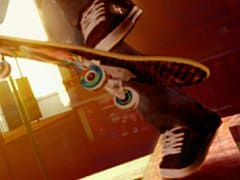
/https://oimg.videogamer.com/images/09d4/skate_2_4.jpg)
